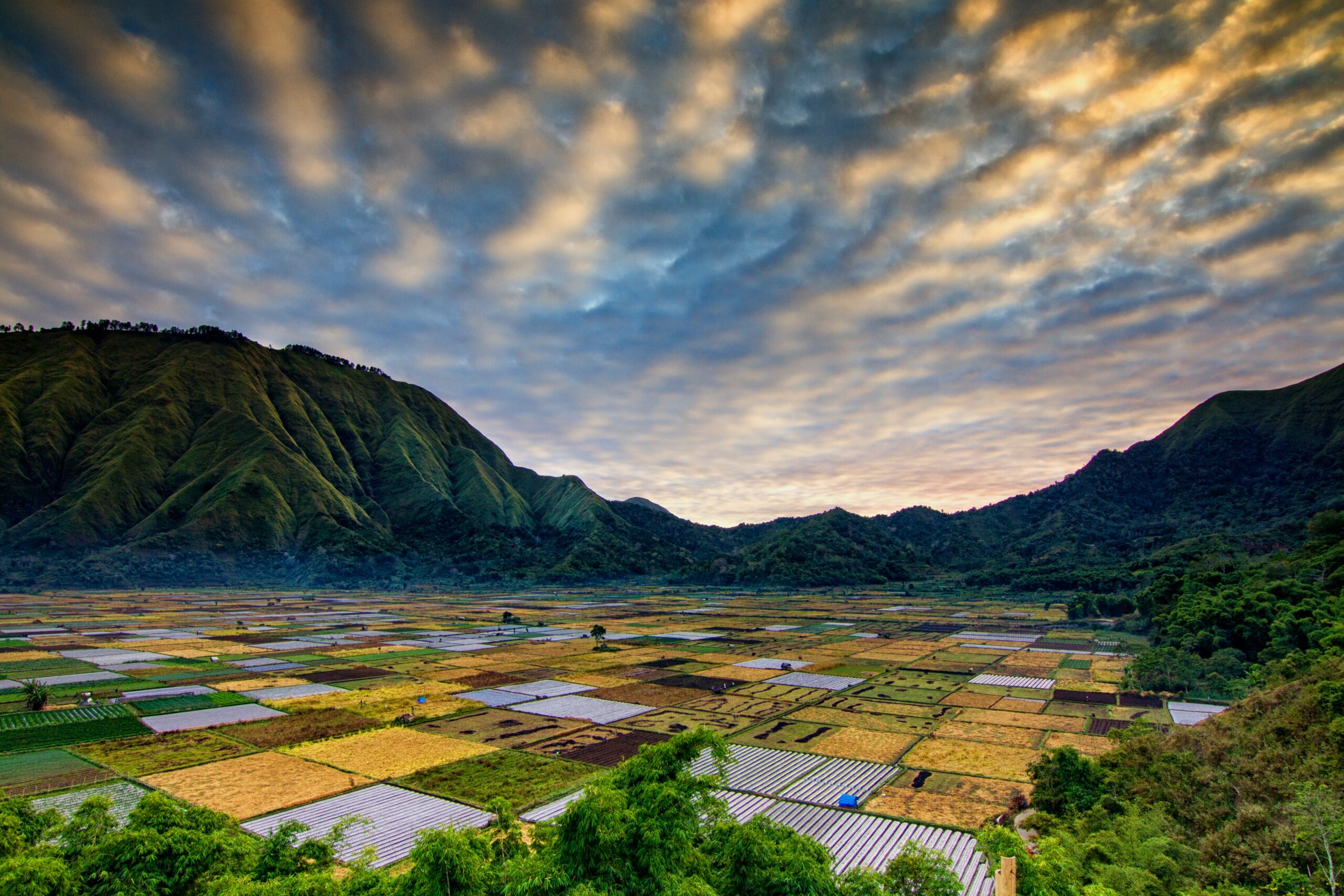Much of the debate in the run up to UN climate talks at COP28 has centred on the contentious issues such as climate finance, arrangements for a new fund for loss and damage and the future of fossil fuels, particularly given that host UAE is an oil major. But the negotiations will also focus on a major issue that has long been sidelined by climate COPs – food and nature.
The COP28 presidency has put a clear focus on agriculture and food production at the summit, which will begin on 30 November. It is asking heads of state to sign a Leaders’ Declaration on Food Systems, Agriculture and Climate Action, and integrate food systems and agriculture into national climate agendas through their Nationally Determined Contributions (NDCs), National Adaptation Plans (NAPs), and National Biodiversity Strategies and Action Plans (NBSAPs).
This will set the floor for what countries should be doing, while independent and complementary diplomatic initiatives are being developed that will set the bar for what good looks like when it comes to climate plans and food.
These developments mark a big change in how we see food and agriculture that has previously been overlooked or ignored at previous climate summits, most of which have not made the connection between climate, food systems and nature in their catering menus, never mind the talks.
Nature-friendly farming is mentioned in only 10% of NDCs, the UN’s Food and Agriculture Organization (FAO) found.
This is a surprising oversight considering that agri-food systems account for around 30% of the world’s energy consumption, and 30% of its greenhouse gas emissions, according to the International Renewable Energy Agency.
Meanwhile, agriculture will be one of the sectors worst affected by climate change. Heat stress is estimated to threaten over 70% of global agriculture by 2045, as a combination of rising global temperatures and humidity make outdoor working increasingly difficult and even life-threatening. Worldwide, more than 80% of the cropped area depends on rainfall alone, threatening food supply from drought-stricken locations.
Current practices also contribute to loss of biodiversity, ecosystem degradation, consumption of 70% of freshwater, and can cause poor health in humans. The way we feed ourselves and farm our land is destroying nature, driving climate change and pushing up food prices.
We cannot meet our global climate goals without urgent action to reform food systems. Swapping intensive farming of monoculture crops and heavy use of pesticides and fertilisers for regenerative and agro ecological techniques will directly lead to the protection and restoration of nature.
Restoring wetlands and expanding floodplains around rivers has been found to reduce flood risk and thereby also insurance premiums by up to 55%.
This will provide humans with much-needed resilience against the extreme weather caused by climate change. Healthy rivers and their ecosystems slow water flow and prevent flooding, while thriving coastal wetlands protect from coastal erosion and flooding from storms and sea level rise.
It will also benefit wildlife and plants reliant on healthy soils, stable water supply and clean air, who in turn will reward human food systems with vital services such as pollination of crops and control of pests and diseases.
Delegates at COP28 will be considering a response to the Global Stocktake (GST), a two-year process to assess progress towards the goals in the 2015 Paris Agreement. A report published in September summarising findings of multiple meetings and evidence so far came to the damning conclusion that the window to reach the internationally agreed goal to limit temperature rise to 1.5°C was “rapidly narrowing”, and that significantly stronger action was needed across all sectors of the global economy.
The GST must inform the new climate plans and funding that will be due at COP30 in two years’ time. Nature and food must be at the heart of these.
The next round of plans must turn this around. The GST pointed out that shifting to more sustainable agriculture can have multiple benefits for reducing emissions, stopping deforestation and freeing up land for ecosystem restoration, as well as reducing food loss and waste and improved diets.
By including concrete timetables and targets for protecting and restoring nature, taking fossil fuels out of the food system, radically reducing methane emissions and cutting food loss and waste, national climate plans can simultaneously catalyse climate change mitigation and adaptation while boosting biodiversity protection and food security.
Alongside new promises and pledges in these plans, governments must guard against greenwash and corporate capture. Multi-national corporations have repeatedly promoted voluntary initiatives and long-term emissions reduction targets to convince policymakers and politicians that they are taking action.
One example is the US-led AIM4Climate, whose participants skew heavily towards developed countries – more than two thirds of around 300 partners are from the US or Europe. Just 7% are based in Africa, while Indigenous communities are not represented at all among AIM4C’s “knowledge partners”.
There is no time for such distractions when climate science tells us that emissions from all sources must be halved by 2030. False solutions can crowd out the real solutions, which must include strong accountability mechanisms for corporates who continue to pollute and degrade nature, and therefore food systems.
Subsidies for big business farming must be redirected to fund grass roots solutions by indigenous peoples and family farmers. Countries that produce two-thirds of the world’s agricultural output provided an average of $600 billion a year in financial support on average from 2014 to 2016, according to the World Bank. Most subsidies do not support environmental objectives, and even fewer back climate change mitigation, it found.
Small-scale family farmers are the unsung heroes of the global food system. They produce more than one third of the world’s food and are key to climate adaptation, yet a new analysis reveals they receive just 0.3% of international climate finance.
Redirecting such sums to indigenous peoples and small-scale farmers would radically boost the world’s chances of meeting targets for climate, nature and food security. Indigenous peoples’ food systems are among the most sustainable in the world in terms of efficiency, no waste, seasonality and reciprocity, analysis by the UN’s Food and Agricultural Organization (FAO) found. They generate hundreds of food items from the environment without depleting natural resources and achieve high levels of self-sufficiency, it said.
Meanwhile, research by the UK’s University of York shows that techniques such as integrated pest management, agroforestry, and micro-irrigation are expanding globally and can deliver the ‘win-win’ of higher food production and environmental outcomes.
Countries who tackle nature, climate and agriculture holistically will reap the rewards, boosting their chances of meeting targets on emissions reduction targets and biodiversity protection, but also making their communities more resilient to extreme weather and food price shocks. COP28 will bang the drum for such action – who will listen?


